
A huge circular, open-air venue with raised sitting and full of audiences roaring like anything on an occasion of a gladiator combat. Roman Empire, a civilization that conquered a vast stretch of land. Although I am holding a big sword that shines like a diamond, with my raised head looking at the juncture where deep blue sky melted down on the audiences, I entered the arena. All of a sudden my imagination took a swift turn from the alley of Roman Amphitheater to the era of Ramayana. Where huge stone Mandapa has been decorated with flowers and Nartakis were (Female Dancers) performing a dance. A warrior roaring, while standing on the summit point and about to set ablaze his fierce bow. All ludicrous thoughts engrossed me while I first got the glimpse of the city, the city called “City of Victory” or “Vijayanagara“. A piece of an ancient civilization that still exist on this modern planet and my journey to that place, the place called Hampi or Hampe, the Kingdom of Vijayanagara.
Hampi is a small hamlet, which stands on the southern bank of Tungabhadra river in Hospet, district Bellary of Karnataka, India (Earlier name Mysore or State of Mysore, on November 1, 1973, the name Mysore was changed to Karnataka. The name of the land Karnataka has come from `Kari-nadu` meaning the land of black soil). The group of monuments at Hampi declared as UNESCO World Heritage site for its outstanding universal value. The visual delight of Hampi is dominated by craggy hills, Tungabhadra river, plain surfaces or vale and widespread of ruins. The entire region consists of 1600 surviving remains which include temples, mandapas, forts, royal complexes, lofty towers, water structures, pillared halls, gateways, defense architectures, stables, and many more. The monuments in the core area are consists of many monuments, among them, only 56 are protected by UNESCO, 654 monuments are protected by the state government and left 300 await for protection.
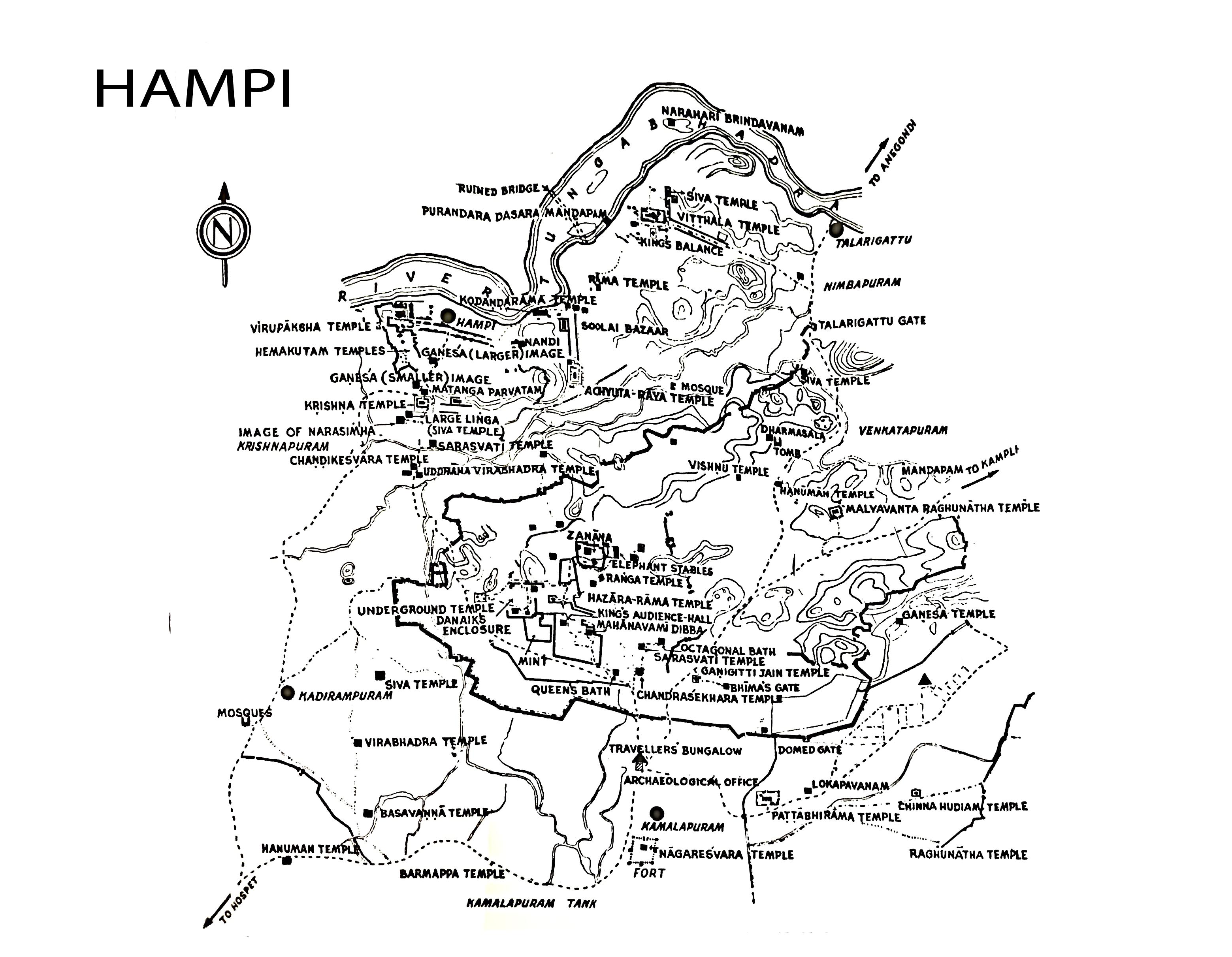
Hampi has two distinct aspects, one is mythological and other one is Historical. We need to consider few things for better understanding such as the history of pre and post-Vijayanagara empire, Vijayanagara style of architecture, and mythological aspects of Hampi. One more thing I want to add here regarding architecture. Although I am not an expert neither have the knowledge about the subject. Still, I feel like to share a point, which I think it’s relevant. It’s about the Islamic architecture in the Kadirampuram area. I found the monuments here are structurally quite similar what I have seen in Mandu. So, here in Hampi, I have seen a piece of Mandu or I can say a shadow of Mandu. It may sound little awkward to many but its a fact.
My trip to Hampi was a result of a sudden plan. I went to Bangalore this year to attend Wikipedia Conference and I made a sudden plan to visit Hampi, Pattadhakal and Aihole after the conference. It was a 6 days tour and I planned to stay 2 days each for a single place. As usual, it was a solo trip for me. I had no idea before the trip, how architectural gems are scattered in 30 square kilometer area of Hampi and to explore the place I need to devote adequate time. Instead of covering many places half-heartedly, it would be better to explore a single place thoroughly. That’s why later on during my trip, I took the decision to drop the plan to visit rest of the places. Hampi literally consumed my entire vacation. But I spent really a beautiful time there. Apart from the fierce sun ray, which burnt my skins of my both the hands and forehead. Other than this episode the entire trip was exuberant and memorable. And obviously very enriching too.
Hampi & my memories
In my childhood days, few TV shows had a huge impact on me. Among those shows, there was one, Shyam Benegal’s Bharat Ek Khoj (Discovery of India). I don’t know whether people still remember it or not. But certainly, I remember those episodes on Vijayanagara. Where Om Puri played the character of Krishna Devaraya and I’ve developed a deep fascination for the Vijayanagara since that time. As time grows, the desire to see the place was gone into hibernation mode but didn’t erase it completely from me. There were many reasons for the presence of Hampi in my mind. One of them was certainly the impact of movies. In certain intervals, I have seen many movies which were filmed in Hampi and that made my desire for the place kept alive.
Some Hindi or other Indic language’s movies extensively filmed in Hampi. I don’t remember the name of those movies. But I have noticed temples of Hampi in many Mithun Chakraborty starter movies, especially during his dance sequences in some songs. The Jackie Chan-Mallika Sherawat starer “The Myth“, the major portions of the film were shot in the Hampi region. The recent one is Rowdy Rathore that ignited my desire once again. Although, I have already been there. But nowadays, when I see the latest 50 rupees note that commemorate the famous stone chariot of Hampi that provoke me.
History – Pre Vijayanagara Period
If we keep the history of Vijayanagara empire aside, there was a civilization in this site many centuries ago before the Vijayanagara Kings selected it for their capital. There are many artifacts has been unearthed which proves that the history of Hampi dates back to Neolithic – Chalcolithic times. Discovery of handmade pottery and neoliths of that period during an excavation near Vitthala temple. Discovery of Asoka’s rock Firman, one from Udegolam and other from Nittur both are situated in Bellary district. Those are the pieces of evidence which proved that the region was within the Asoka’s Kingdom during 3rd century BC. Prior to the rise of Vijayanagara empire, this site and its environs were under many dynasties such as Chalukyas of Kalyani and Badami, Hoysalas, Yadavas, Kadambas, and others.
If anyone visits Bangalore Government Museum, can see many artifacts of Neolithic – Chalcolithic times discovered from Hampi.
History – Vijayanagara Period
Delhi Sultanate was shattered and divided after the attack by Timur. It was not the death but the entire power of Delhi was gone into a coma. It was difficult for Delhi to regain, mobilize and channelize the power in north India. On same time frame, if we look at the scenario of south India, there were many Hindu kingdoms. Islamic rulers always dominated the north India but couldn’t invade satisfactorily in South India. Muslim rulers had the tendency to threaten each and every existence of Hindu dominion in south India. At the beginning of 14th century, about 1310 AD, Malik Kafur, who was the general of Alauddin Khilji of Delhi attacked Deccan (the province of Karnataka spreads over the Deccan Plateau) with immense power and captured Warangal. Within the span of two years, he abolished two dynasty, Hoysalas, and Yadavas.
The history of Vijayanagara had witnessed many ups and downs but as soon as Hindu rulers ascended the thorn about 1336 AD and founded Vijayanagara empire, for more than two centuries remained as an iron wall from the Muslim invasion. The history of the rising of Hindu kingdom was started, two brothers Hakka and Bukka who were actually served Kakatiya Prataparudra of Warangal and during the Muslim invasion in Warangal in 1323 AD they fled to Kampili. They started working as a treasury officers in Kampila. When Muhammad Bin Tughlaq invaded in Kampili, two brothers were arrested and taken to Delhi, where they embraced (perhaps forcefully) Islam. In 1329 AD, there were many rebellions started against imperial rule, when Muhammad Bin Tughlaq left for North India. Many movements were started and the Muslim governor was unable to handle the situation of Kampili, sought help from Delhi. Hakka and Bukka were then sent to the province.
Not only they restored the law & order of the province, also declared independent Hindu empire “Vijayanagara”. They gave up Islam and once again embraced Hinduism. It was quite natural and expected from these two brothers. Hakka ascended the thorn as Harihara, with the assistance of his brother Bukka. This was the beginning of Hindu kingdom Vijayanagara by Sangama dynasty. The name of the dynasty “Sangama” named after their father’s name. Sangama had five sons Harihara, Kampana, Marappa. Bukka, and Mudappa. Among the sons, Harihara was the eldest one.

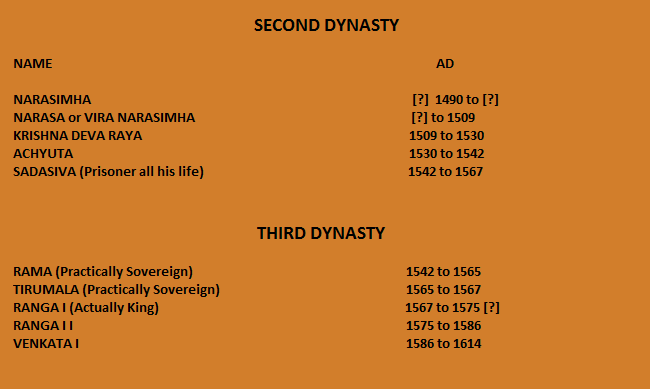
It would be tough for me to furnish the rest of the history of 400 years, here. But without mentioning Krishna Devaraya (1509 -1530), this post would be incomplete. According to many historians, the period of his reign was a golden age and he was the greatest ruler of all time in the history of Vijayanagara. His imperial authority was established all over the south India. Not only he was a great ruler but also an accomplished scholar and a poet. He wrote many Sanskrit and Telegu texts. His court was consists of eight great poets known as an “Astha-Diggaja“. Among them, Allasani Peddanna was his poet laureate and a noted Telegu poet. Temples, Gopura, Ranga-Mandapa and many others structural gems were erected under his patronage. He also made many improvements to the existing structures of Vitthala and Hazara Rama Temples. After his death, the empire encountered steady decline and never get back to its old glory.
Hampi in Mythology
Hampi is an important pilgrimage center for the Hindus, as many legends from Ramayana are associated with this place. Hampi or Hampe the name believed to be derived from the Pampa river, the ancient name of the river Tungabhadra. It is believed that Kishkindha of Ramayana has been situated near to Hampi. As all, we know that Vali and Sugriva were the rulers of Kishkindha. Rama and Lakshman came to the south in search of Sita. When she was abducted by Ravana and he took her to Lanka. There were feuds between Vali and Sugriva and Sugriva took refuge to the Matanga Parvat. Here Lord Rama met with Hanuman and Sugriva. Rama killed Vali in a war and he restored the kingdom of Sugriva. After that Sugriva stayed at Malyavanta Parvat. Both the hills are still there and popular among pilgrims. Matanga Parvat is situated on the east side of Hampi and the summit point of the hill is very popular among normal tourists for the splendid view. Malyavanta Parvat is situated in Kampili and there is Raghunatha temple dedicated to Rama. Just beside of the temple there is the famous cave of Sugriva. There are tons of legends associated with the entire region of Hampi.
Vijayanagara Architecture
To be very honest, I am no one to comment or write about architecture neither I have the knowledge nor have the ability. But, there is always a but, because when I was there, I was literally mesmerized seeing the structures and developed an interest to know about it little further or you can say, feel deep urge inside. Basically, what I learned is that Vijayanagara style of architecture is a mixer of many styles like Chalukya, Hoysala, Pandya and Chola. That’s why, one can notice Chalukya, Hoysala, Pandya and Chola influences in many temples or in other architectures in Hampi. Vijayanagara temples are normally surrounded by a strong encirclement. Small shrines are consist of a garbhagriha (sanctum) and a Veranda. Medium-sized temples have a garbhagriha, shukanasi , a navaranga (antrala) connecting the sanctum and outer mandapa (hall), and a rangamandapa (enclosed pillared hall). Large temples have tall Rayagopuram (a large pyramidal tower over the entrance gate to a temple) built of wood, brick, and stucco in Chola style. Temples of Vijayanagara period made with local hard granite stone in Badami Chalukya style. Whereas sculptures were made of soapstone (chloritic schist) because soapstone is soft and can be easily curved. One more thing, I have noticed that one mythical creature called Yali engraved in most of the temple pillars and that same can be seen in many Hindu temples in the other parts of India. This creature may be portrayed as a part lion, part horse, part elephant, sometimes part lion and part griffin or sometimes some bird-like features. Yeli is basically a motif in Indian art.
Secrets of Hampi
There are many myths and secrets surrounded in Hampi. Some I read and some are I heard. Here, I will state two secrets that I have witnessed on my own.
Musical Pillars – Yes, you read it correctly, musical pillars. On the first go, I was literally mesmerized and felt awe. How come stone pillars can produce musical notes? Yes, it’s a fact and I heard it. Vittala temple of Hampi standout for the architecture. There are 7 pillars inside the Vittala temple which can produce musical notes when they tapped. And each of the pillars produces a different musical note. A group of people stood beside me with their guide at the temple. I heard the guide saying to the group that during the British rule in India, Britishers found it very mysterious. They wanted to know the secret behind these pillars. So, they broke 1 or 2 pillars and found nothing inside. Only, the pillars were hollow from inside and nothing else.
Inverted Image – Virupaksha temple another architectural gem of Hampi. Its gopuram (a large pyramidal tower over the entrance gate to a temple) is a 9 storied structure. And this secret is related to it. The inverted shadow of this gopuram can be seen in a small room, which is located far away from the gopuram. There is a small hole in a wall and when light passes through it that creates the inverted image of the gopuram. Basically, its something similar to a pinhole camera. The astonishing fact is that how they created camera effect with the stonework few hundred years ago. I have captured the inverted image with my camera. But unfortunately, I have lost most of the photos of my Hampi tour. Photographs were stored on my laptop and one fine morning it was crashed. Although, some photographs I have recovered. But a major portion has been lost.
Hampi at Present Day
I wrote enough about the past and now I should talk about some present. I must say that present condition of Hampi at stake. This account is based on, what I have noticed on my own eyes and some I get to know while interacting with villagers during my visit. The politics were there in ancient times and its still exists in modern time in the name of conservation. Cutting a long story short. Smuggling of mineral from the region is no more secret to the public and political goons have made it legalized. This could harm the environment of the entire region. But this is not my concern and shouldn’t talk about it. But one thing we must know that many gangs are still active and digging in the core and surrounding area of Hampi for treasure trove. These gangs are active since when treasure trove was discovered from Sri Padmanabhaswamy temple worth over Rs 1 lakh crore. When I asked about it from villagers, most of them refrained to make comment. But some of them opened their mouth and what they stated me if by any chance have little truth in it. Undoubtedly, Hampi is in danger. According to them goons and political leaders have a nexus. Many gangs are still operating in the area to unearth treasure trove with the patronage of political power. Huge treasure trove has already been discovered from Hampi a few years ago and it was shared among goons and political leaders. They added, whenever someone digging in any area of Hampi, something would be recovered. I don’t know whether this is right or wrong but if a portion of it is true. That would be very dangerous.
Here, I must comment about the roles of the authorities directly involved in restoration work, conservation, and also the preservation of the monuments of Hampi. The policies and especially the role of Archeological Survey of India, Hampi World Heritage Area Management Committee, and UNESCO are questionable. Questionable for the outsiders like me and quite obviously questionable for the locals as well, especially those who lost their homes in the name of conservation. In the name of preserve the ancient look and feel of Hampi, all modern structures at Hampi Bazar area were demolished, left 326 family homeless and forced them to live under the open sky. On the other hand, building illegal structures in the core area of Hampi and no steps have been taken yet. All the new construction works are taken place under broad daylight and it’s hard to believe that our law and order have no idea about it. The first one, the construction work that I have noticed at the river bank area which is located just back side of Virupaksha Temple. When I asked the construction workers about the new construction, the answer I got was so irritating. They asked me to go to the police station and as well as to minister to ask about it. And they advised me to behave like a tourist, otherwise, it would be difficult for me to roam around. In fact, I have noticed under construction building near Krishna temple, which falls under core area.
One more thing to add. It’s a known fact that ASI uses some chemical compound while cleaning ancient monuments. This is completely my observation that there have some issues with the chemical compound. This chemical compound has bad effects on the monuments. It cleans up in such a way the precisions of the monument gets lost and monuments lost it ancient look and charm. Most of the time, the craftwork on the wall of a monument erased or faded out after the cleaning. I have noticed, the same in many places which are protected by ASI. Sometimes due to the chemical effect, the joints of a monument gets hurt and become fragile and loosen up. After the rain, water leakage from the joints happen. Not only in Hampi, same I have noticed it in Mandu. That happens after so-called cleaning. I have no clear idea about it because of lack of knowledge. But seriously, I doubt the process and as well as the materials used for conservation by ASI.
The Monuments of Hampi
A) Citadel
1) Queen’s Bath
2) King’s Palace Enclosure (Large Tank, Mahanavami Dibba, Base of Kink’s Palace, King’s Audience Hall)
3) Hazara Rama Temple
4) The Mint
5) Danaik’s Enclosure (Mosque and Idgah, Muhammadan Watchtower, Band Tower)
6) The Zanana Enclosure ( Water Pavilion, Women Guards Quarter, Base of Queen’s Palace, Lotus Mahal, Hazara Rama Bazar, Pattanada Ellemma Temple, Ranga Temple, Elephant Stables, Guards Quarters, A Group of Temples, Octagonal Bath, Chandra Sekhara Temple, Water Tower)
7) Ganigitti Temple
8) Pattabhirama Temple
B) Kamlapuram to Hampi
1) Octagonal water Pavilion and Bhojana Sala
2) Underground Temple
3) Uddhana Virabhadra Temple
4) Chandikesvara Temple
5) Lakshmi Narashima
6) Siva Temple
7) Sarasvati Temple
8) Krishna Temple
9) Sasivekalu & Kadalekalu Ganesha Image
10) Vishnupada
11 ) Temples on Hemakuta Hill
12) Virupaksha Temple
13) Temples near Virupaksha
C) Along the Bank of the Tungabhadra
1) Kodandarama Temple
2) Achyuta Raya Temple
3) Matanga Parvatam
4) Varaha Perumal Temple
5) Rama Temple
6) King’s Balance
7) Stone Bridge
8) Raya Gopura
9) Vishnu Temple
10) Vitthala Temple
11) Malyavanta Raghunatha Temple
D) Anantasayanagudi
1) Vishnu Temple
E) Malpannagudi
1) Soolai Bhavi – Stone Well
2) Mallikarjuna Temple
3) Well and Watershed
F) Kamalapuram
1) Nagaresvara Temple
2) Stone Well
3) Some small temples
G) Kadirampuram
1) Muslim Tombs
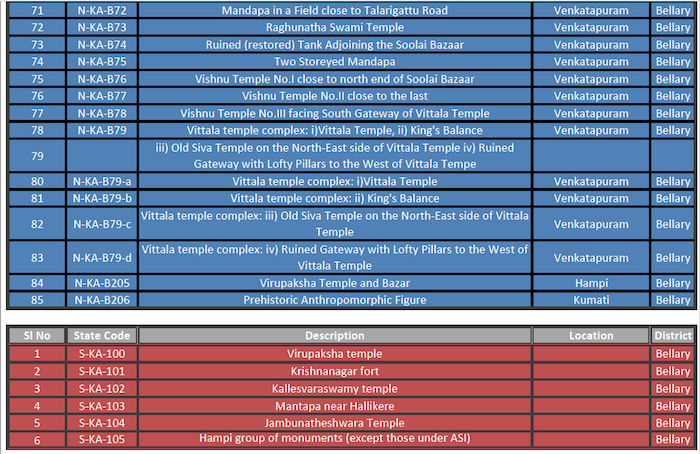
Download the complete list of monuments of Hampi
When to go:
Winter, Winter, and Winter. Avoid traveling to Hampi from the month of March to May. In winter it will be easy for you to explore the place. Summer would be pathetic. Do not plan to visit during summer, there will be a risk of dehydration and also sunburn. I got a sunburn during end February, so be careful.
Getting there:
By Plane
There are two domestic and one International airport, which connects Hampi. Bangalore is the nearest international airport, 350 km away from Hampi. Bellary is the nearest domestic airport, which is 60 km away and Hubli is another airport, 143km away from Hampi.
By Train
The nearest railway station is Hospet Junction, which is 13km away from Hampi. Overnight trains are available, which run several times a week from Bangalore.
By Bus
I think Bus is the best option available from Bangalore. Karnataka State Road Transport Corporation has daily bus service to Hospet from Bangalore and Mysore. There are private bus companies operating from all major places which connect to Hampi. Book your tickets in advance and you can book your ticket online through Apps. The bus ride would cost you 600 INR onward.
By Car
Bangalore is 353km from Hampi and one can hire car but certainly cost high. The road to Hampi is excellent but deteriorates after Chitradurga. You are also likely to encounter traffic jams. So, if you are planning a road trip by car, start your journey at night.
Where to stay:
You can look for your accommodation in Hampi or Kamlapuram or in Hospet. There are several guest houses in all those places at in any price range starting from INR 300. But staying at Hospet gives easy accessibility to Railway Station and better Hotels. Most guest houses in Hampi are rather basic. Budget guest houses are situated across the river on the Hampi Island, popularly known as the ‘Hippie Island‘. If you are there with your family, I will suggest you to avoid “Hippie Island”.
Eat and Drink: There are lots of places where you will get satisfying and inexpensive food and also can try famous south Indian beverages. Thai, Italian and continental foods are available in southindianised style.
Getting around:
1) Guides: Guides are available for whole sightseeing and also available in the major locations, on the spot. But I would suggest, request a guide from Karnataka Tourism Dept.
2) Walk: Walk, Walk and Walk there is no alternative way to explore the sites of Hampi. Have to be covered by foot.
3) Bicycle: Can be hired to visit on the cost of 100/150 Rupees per day but a lump sum amount has to be deposit as a security.
4) Motorcycle: A Scooty or Moped will cost you about 250-350 INR for a day and 100CC motorbikes for 350-500 INR a day with additional fuel charges. 2-3 Liters of petrol is sufficient for a day.
5) Car: You can hire a car, that would come around 3000 INR onward and this is easiest and quickest way to visit.
6) Auto-rickshaw: Normally it charged ₹750 to ₹1,000 for a day site seeing with pick and drop facility from Hotel.
Points to be Noted
1) Be aware of Monkeys. They can snatch anything from you.
2) Mosquitoes are like big birds. So, keep mosquitoes replant with you.
3) Do not take drugs and alcohol in Hampi area, as it’s not a regular tourist place but its a religious place for Hindu. Please respect other and other’s religion.
4) Please wear proper cloth, cover your skin properly. I have noticed during my visit that most of the foreign tourists have a tendency to wear revealing attire, which is not acceptable by the locals.
5) Hampi is also popular among mountaineers. If you climb over boulders take extra precautions.
6) Sun Screen lotion is a must.
References
1) Hampi by Devakunjari
2) Temples of Bellary by C.S Patil
3) Karnataka – Temple Architecture by R. Gopal and A.V.N Murthy
4) Hampi guidebook by ASI
5) A Forgotten Empire Vijaynagara – Robert Sewell
6) Sources of Vijayanagar – Francis Dewsbury
7) Hampi Ruins Described and Illustrated – A.H. Longhurst
Thanks – Special thanks to Karnataka State Department of Archaeology and Karnataka State Tourism Development Corporation for their help.
Dr. Aarya Joshi for your inputs about stone chariot. Tito Dutta for all your help.
Copyright © BongBlogger
you can share this post subjects to the conditions that please give due credit to Author Indrajit Das and do not alter before sharing. Request, do not Plagiarize.
If you found your photographs here and have issues with that please E-mail me with your requests, I will remove your photographs from the public domain.



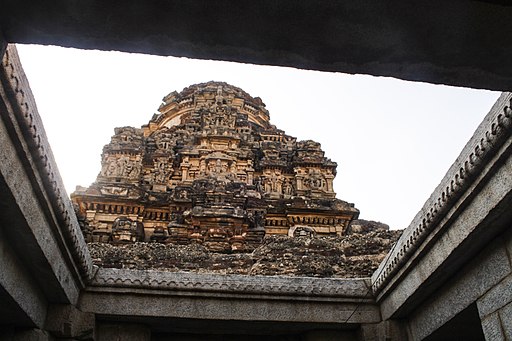








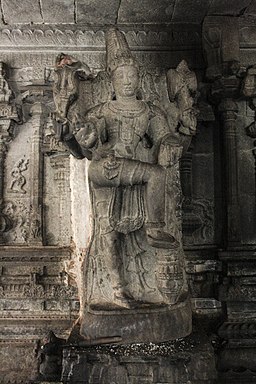




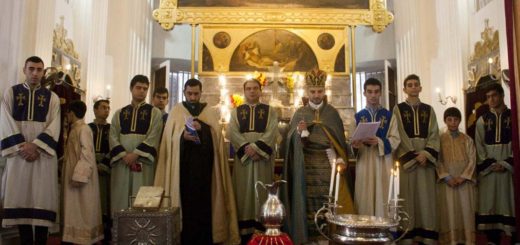
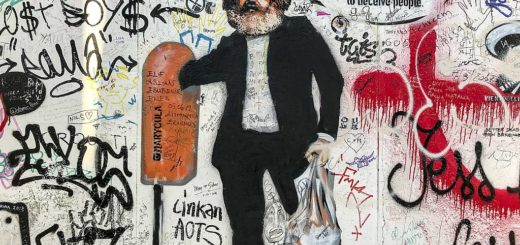
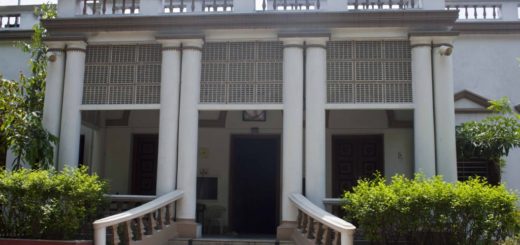
Very well described. Hampi transports you back in time, where you stand to visualize the grandeur of the past Vijayanagar kingdom.
Thanks a lot.
A very detailed and well-illustrated post on Hampi.
Thank you so much.Other posts on Hampi yet to come.